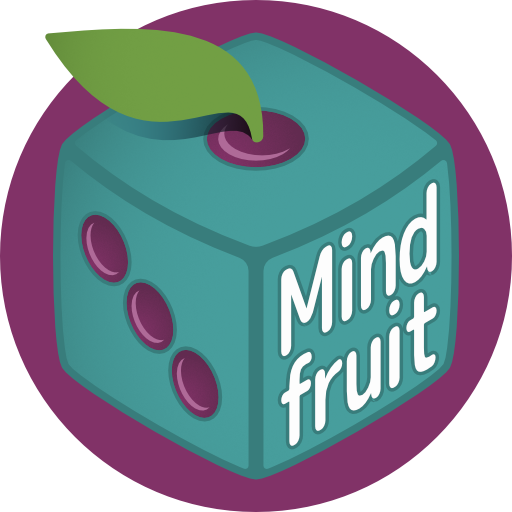The ultimate showdown! Which is better, Screentop.gg or PlayingCards.io?
Just kidding — the platform you use depends on your needs. I use both and they each offer unique and valuable features. In this article I compare these two platforms through the following lenses:
- Feature Set
- Player Experience
- Platform Support
I also provide some resources at the bottom of the article. If you don’t already know what these platforms are, they allow you to build and play card games and board games in your web browser and play them with people around the world. Both are free to use, although Screentop plans to offer paid features in future. Also check out Platforms for Digital Board Game Creation.
Feature Set
Here I compare the major features between the platforms. This is not an exhaustive list.
Features on Both Platforms
- Online play with room code
- Bulk updating (via code or spreadsheet upload)
- Card decks, dice, counters, and containers for objects
Unique to Screentop.gg
- Up to 9 “screens” or tables that you switch between using number keys. This allows the platform to support larger games that you cannot fit on a single screen.
- Containers can automatically re-orient items you drop on them (such as flipping up or down a card).
- Dropzones - Anchor points, lines, and grids associated with components for ease of dropping pieces in place. This makes it better at board games because you often want anchor points on the board map.
- Logical object creation (Asset, Component, Variants, Object, etc) makes Screentop.gg more scalable for larger games. For example, when you create a Component, it is a kind of template from which you can create many different Variants.
- Special mobile device controls for phone and tablet screens.
- Other features: private and public games, bulk update (via code), SVG coded shapes, custom colours, corner radii setting.
Unique to PlayingCards.io
- Automation Buttons: easy-to-configure macros that move pieces, shuffle, and more.
- Each player automatically has a “hand” area that lets them keep components secret.
- More components such as Chooser, Player Seats, Turn Button, Timer, and Spinner.
- Label containers such as deck slots, and place text objects directly on the table.
- Other features: bulk update (via CSV/spreadsheet), no account needed to host.
Player Experience
Here I discuss what it is like to use these platforms as a player. Some points allude to features previously mentioned, but with more of a user-experience focus.
Screentop.gg
- Sports a simple, sleek interface with a keyboard-centric control style.
- Current game library is more indie-and-hobbyist-style games.
- In-game guides help players with controls and game rules.
- More potential for game variety and support for larger games.
- Anchor point features make it easier for players to drop things in their proper places.
- Sometimes difficult to drop cards onto a deck.
PlayingCards.io
- Features a playful, colourful interface with a mouse-centric control style.
- Current game library is more classic-and-abstract-style games.
- Built-in turn system is nice for keeping track of who goes next.
- Home page clearly states the site’s purpose (Screentop lacks this front page, instead opening with its game library).
- Some non-intrusive ads on the site (not in game) that nevertheless lower the overall experience.
Conclusion
Both platforms provide good player experience, depending on what you’re looking for.
Platform Support
Here I discuss the learning curve and current support for the platform with one eye on the future. Both platforms seem to be developed by a single person or small team. I would love to see more documentation, but each one does have a small documentation site.
Screentop.gg
- Learning curve for creating games is slightly steeper, as everything is built in small modules. For example, to make cards you need an Asset, Component, Variants, and Objects. It is all extremely logical and flexible once you learn it, and you have access to tutorials and support.
- Active Discord server with support, development plans, guides, and opportunities to connect with other users.
- Last social media post was November 2022.
PlayingCards.io
- Easier and more intuitive to learn with drag-and-drop object creation.
- They have an email address (I haven’t emailed them yet to check on response time, will wait till I have something important to ask them).
- Last social media post was April 2022.
Conclusion
While PlayingCards is a bit easier to learn, Screentop offers better platform support and transparency. The latter also gives me confidence the platform will be sticking around for a while.
Resources
PlayingCards.io
Documentation Twitter FacebookScreentop.gg
Documentation Twitter Discord
